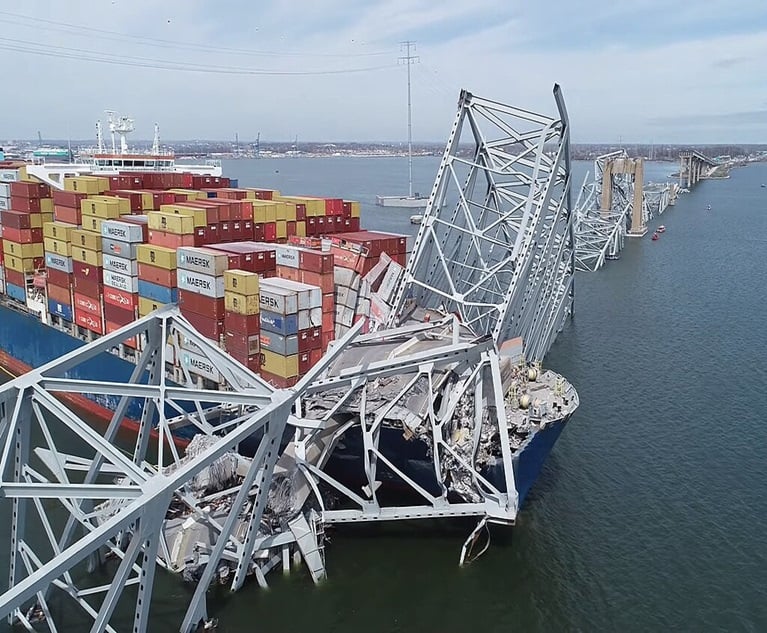Reinsurance companies have reaped the benefit of new investment from the likes of hedge funds, sovereign wealth funds, pension and mutual funds. These deals may be structured as catastrophe bonds, collateralized reinsurance and reinsurance sidecars, separating the investment from the rest of the capital supporting a reinsurer.
"Alternative markets in the past 10 years have established themselves as an important supplement to the traditional reinsurance market, particularly in catastrophe reinsurance," says James Lynch, chief actuary, senior vice president of research and education, Insurance Information Institute. Most observers believe their presence has dampened rates.
According to Brian Schneider, senior director, Fitch Ratings, as a result of recent large catastrophe events, there's been a decline in alternative capital in the insurance linked securities (ILS) space to $93 billion in June 2019, down from $98 billion at the end of 2018. Currently, he says, 15% of total global reinsurer capital is coming from alternative markets.
Want to continue reading?
Become a Free PropertyCasualty360 Digital Reader
Your access to unlimited PropertyCasualty360 content isn’t changing.
Once you are an ALM digital member, you’ll receive:
- All PropertyCasualty360.com news coverage, best practices, and in-depth analysis.
- Educational webcasts, resources from industry leaders, and informative newsletters.
- Other award-winning websites including BenefitsPRO.com and ThinkAdvisor.com.
Already have an account? Sign In
© 2024 ALM Global, LLC, All Rights Reserved. Request academic re-use from www.copyright.com. All other uses, submit a request to [email protected]. For more information visit Asset & Logo Licensing.








